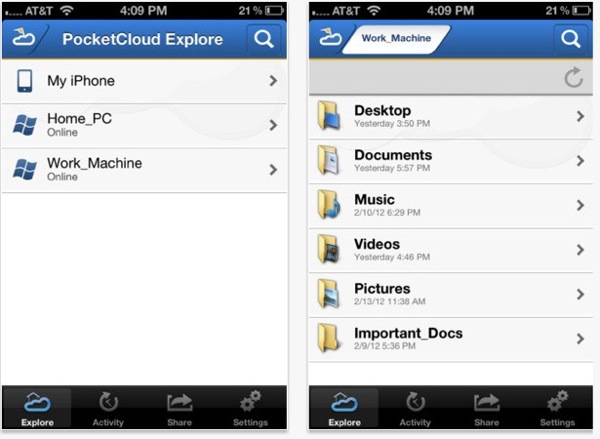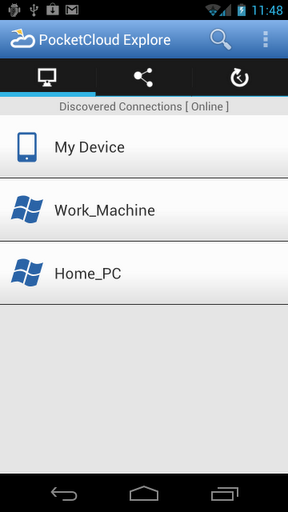
For those constantly installing a large amount of applications, only to remove the majority after a few days, the way I do for these reviews, it is a must have.
#APPZAPPER POCKETCLOUD INSTALL#
There isn't anything bad about AppZapper, although, by using it, you forfeit any customizations that would normally be remembered if you install the application again. Makes it very fast and easy to remove an application and all the files it creates on your drive, such as preferences, caches, and the likes. Both the standard and the AppZapper approaches have advantages and disadvantages. Which one of the two approaches is the best for you depends on your computing habits, and application installation and removal patterns. All the setting and options will be the same as they were before you removed the application because the preference files were kept in place.īy using AppZapper, you remove all such preference files, meaning that if you ever go back to that application, it will be in the default state. While being able to remove everything related to an application might be nice, there are some drawbacks.īecause of the way applications do not remove the preference files and the likes, despite removing the application from your computer, if you ever decide to go back to it and install it again, it will be like it was never removed. To make things safe, there is a list of Safe Applications, and any applications found in that list will not be zapped. Another problem can occur if you try to Zap applications that are currently open, which is why the program does not allow it.


This is because many of the Apple applications share certain files, and removing those files can cause problems. Alternatively, you can also use the ZapGenie, which will automatically show all of installed applications for selecting and zapping.īecause of the way AppZapper works, it is important that you do not zap any Apple applications. The program can also work by directly dragging an application onto the AppZapper icon, even when the application is not open, to have it open up and automatically scan for the application's related files. After that, it is simply a matter of hitting the Zap button to get rid of them. It will not look for those files, but rather, files such as preferences, and any other support files such and caches.Īll the items related to the application it finds are immediately displayed in a list and you can hand pick which ones you want to remove or keep. Bear in mind that we are not talking about things like documents created with a word processor here. Once you open it up and drag an application in the zap window, it will scan and show all the related files to that application. This saves you the bother of having to manually locate the files, and remove them.

Whenever you drag an application on it, it will automatically locate the files created by those applications and add them to the Zap list, so that you may remove everything in one fell swoop.

To get past this tedious task, third party applications such as AppZapper were created.ĪppZapper is a small, but smart little program that will let you remove an application, as well as all those other files that are created on your hard drive in just a few easy steps. While these files are not usually big, in time they can add up, and because the application itself does not tell what and where it created, you would have to snoop around yourself to locate and remove these. Although applications are indeed for the most part self contained, they do often create additional files, in the system and user folders, which range from Preference files to caches and Application Support files, and while dragging the application into the trash will remove the application itself, it will not remove these files that it created. dlls and any of that other nonsense, and because applications are usually packages that contain everything they need in just one single easily manageable file, there is no need for uninstalling? drag and drop to install, and drag and drop to uninstall.
#APPZAPPER POCKETCLOUD FOR MAC#
Uninstalling is something that Windows people have to worry about, and you hardly ever see anything of the sort for Mac programs.


 0 kommentar(er)
0 kommentar(er)
